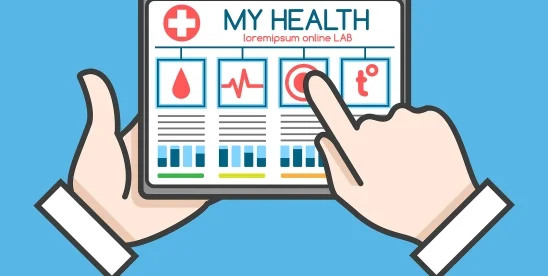Recognizing THC Overdose in Children
Edible THC products like gummies can look just like regular candy, making them attractive to children. As cannabis (marijuana) products become more common in households due to legalization, accidental THC poisonings in children are on the rise in the U.S. National data show an alarming increase in young kids getting into THC edibles. In fact, poison control centers saw a 1,375% spike in reports of children under 6 ingesting cannabis edibles between 2017 and 2021 healthychildren.org . Over 7,000 pediatric cases were reported in that five-year span web.musc.edu . Toddlers are the most commonly affected (with two-year-olds accounting for the largest share) healthychildren.org . This trend is a serious concern for parents and caregivers. THC (tetrahydrocannabinol) is the main psychoactive chemical in cannabis, and a small amount can cause major effects in a little body. It’s important to know how to recognize the symptoms of a THC overdose in a child and wha...


